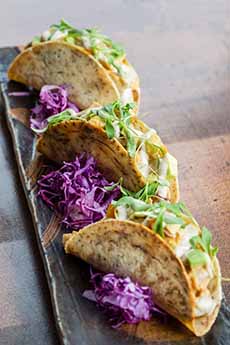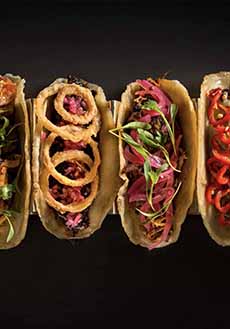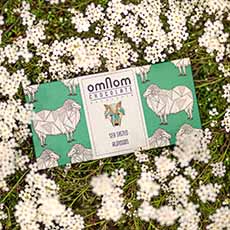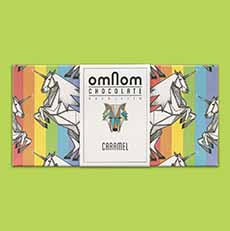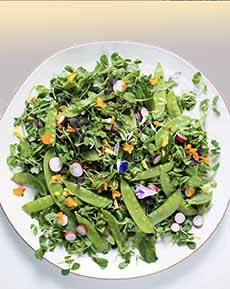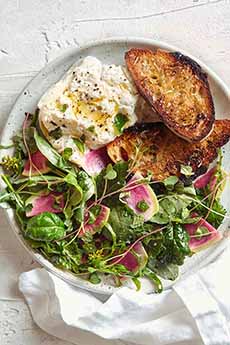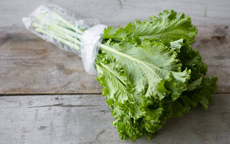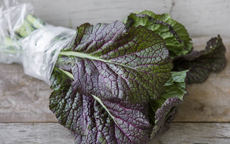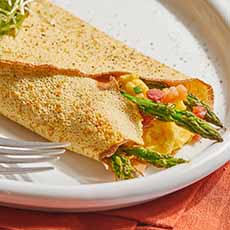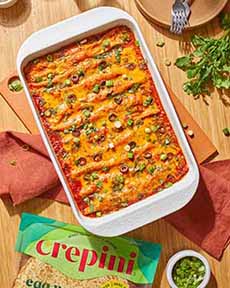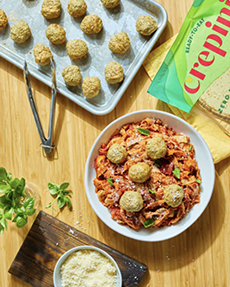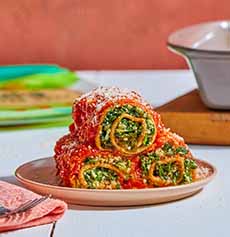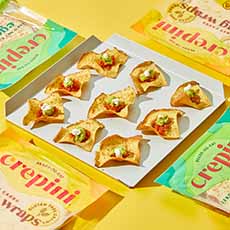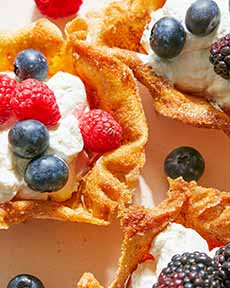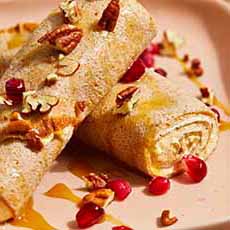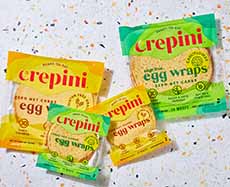|
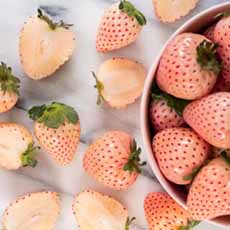
[1] A bowl of Pink-A-Boo variety pineberries (all photos © Wish Farms).

[2] You can find them at stores nationwide.
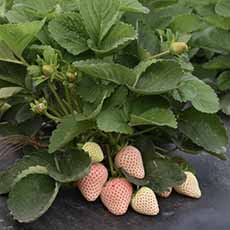
[3] Growing on the plant.

[4] Pineberry and poppyseed salad dressing. Here’s the recipe.

[5] Pineberry garnish on a vanilla butter cake. Here’s the recipe.
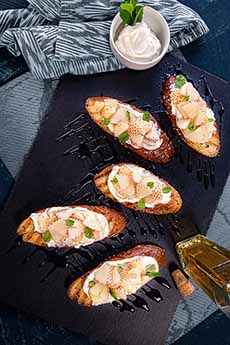
[6] Top a bruschetta with goat cheese or ricotta. Here’s the recipe.

[7] For breakfast have a pineberry parfait with yogurt, cottage cheese, or ricotta. For dessert, switch to ice cream or pudding. Here’s the recipe.
|
|
While there’s a current TikTok craze about “white strawberries” (a.k.a. pineberries), The Nibble first wrote about them in 2014. At that time, they were grown only in Holland, fragile to ship, and not obtainable in the U.S.
But that problem has been solved. A major U.S. grower of conventional non-GMO berries has a plentiful supply of this specialty berry, which they market as Pink-A-Boo® Pineberries.
Wish Farms, the grower, has fields in Florida and California.
Their pineberry variety grows from green bud to white berry, and turns pale pink with red seeds when ripe. Use them any way you would use conventional strawberries.
Don’t worry about running out of pineberries. Wish Farms can deliver them almost year-round. The Florida growing season begins in late November and runs through April. The California growing season begins in January and runs through September.
ALDI is selling a 10-ounce box for only $4.49. Known for its great prices, an Aldi comparison can be found on Reddit, with one poster paying $4.49 at Aldi, while another paid $9 at Sprouts.
> The history of strawberries.
WHAT ARE PINEBERRIES
Pineberries are a cultivar of strawberries that have a sweet pineapple* flavor note and aroma—thus inspiring the “pine” in its name.
The small strawberries (from 1/2 inch to less than an inch in diameter), which are white and covered with red seeds (achenes), have the same genetic make-up as the common strawberry.
Just as with conventional strawberries, they are a low-calorie food, and a good source of folic acid, phosphorus, and vitamin C. Like all berries, they are heart-healthy, have antii-inflammatory properties, and may help protect against certain types of cancer†.
THE ORIGIN OF PINEBERRIES
The pineberry originated in South America as a hybrid. Like the modern garden strawberry (Fragaria x ananassa), the pineberry is a hybrid of the wild South American strawberry (Fragaria chiloensis), which grows in some parts of Chile, and the North American strawberry (Fragaria virginiana).
The pineberry is the result of cross-breeding, not genetic engineering.
There are multiple subspecies of white strawberries to cross, creating different varieties of pineberries for different growing conditions.
Peek-A-Boo pineberries were developed through natural breeding techniques at the University of Florida, crossing a Japanese white strawberry and a Florida red strawberry.
As with other white varieties, they begin life as green berries (like regular strawberries), then become slightly white instead of red.
So where have pineberries been all this time?
The original varieties weren’t popular with growers because they had a low yield per plant and smaller-sized berries.
While they were very pretty, delicious, and aromatic, they were fragile; it was difficult to ship them. And their growing season was very limited—a brief 4-5 weeks.
Around 2007, Dutch farmers began growing pineberries on a commercial level in greenhouses. They were imported to the U.K., where they would fly off the shelves.
Strawberry growers elsewhere took notice, and began their own production.
Strawberries are a multi-billion dollar worldwide business, and, the market keeps growing.
With so much money to be made, new varieties are constantly being developed, refined, and even engineered by manipulating the genetics of the strawberry plant itself (i.e., GMO) [source].
STRAWBERRY TRIVIA
Strawberries are a member of the rose family.
The strawberry is the only fruit to carry its seeds on the outside.
There are 200 seeds on the average strawberry. Each of these seeds has the genetic potential to become a new variety of strawberry, since no two seeds are the same. This is how plant breeders develop new varieties of strawberries.
Technically strawberries are not true berries. True berries have seeds on the inside and they don’t come from a single ovary.
Botanists call the strawberry a “false fruit,” a pseudocarp. A strawberry is actually a multiple fruit that consists of many tiny individual fruits embedded in a fleshy receptacle.
Strawberries are the first fruit to ripen in the spring.
A strawberry will not ripen once it is picked.
Americans eat 3.4 pounds of fresh strawberries a year, and another 1.8 pounds of frozen strawberries a year.
One acre of land can grow about 50,000 pounds of strawberries.
Strawberries are grown in every single U.S. state and Canadian province.
California produces 75% of crops in the U.S. About 1 billion pounds of strawberries are produced each year in California alone.
Florida is second in production, and North Carolina is ranked third.
There is a museum in Belgium just for strawberries.
Strawberries are indigenous to North and South America, Europe, and Asia (but not Africa, Australia, or New Zealand) and thus, have always been available for mankind’s diet.
________________
*Depending on the terroir where they are grown, the flavor note can be anything from tropical fruit to apricot. The flavor is influenced by weather, variety, and ripeness when harvested. The Pink-A-Boo pineberry grown in Florida is described by Wish Farms as having hints of pineapple, pear, and apricot.
†Berries are among the healthiest and most nutritious foods you can eat. Strawberries are an excellent source of vitamin C, which supports immune function; folate, which promotes brain health and can help reduce the risk of heart disease; and phosphorus, which promotes strong bones, teeth, and muscle recovery.
|







